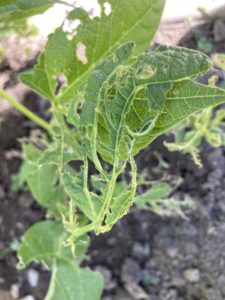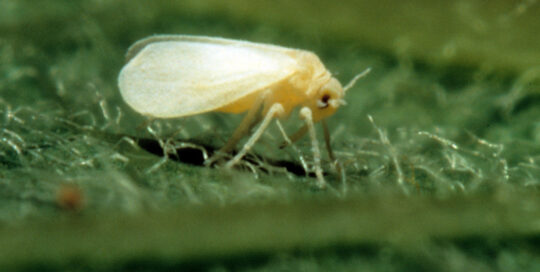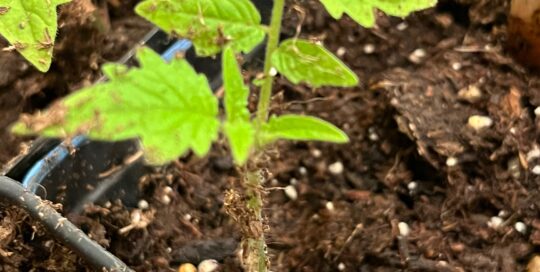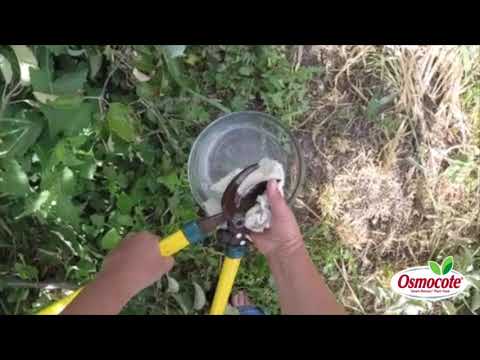What Your Plants’ Leaves Tell You
Views: 1001

The leaves on your plants are the first indicators of health. They’re also the food production facility. As a result, when your leaves are damaged, it’s time to take notice. Your plants’ leaves tell you what is wrong.
Sun-scald looks more serious than it is
The sun is welcomed in the garden, but even plants are susceptible to burning. A few weeks ago my young bean plants had large, dry sections on their leaves. I couldn’t quite tell if it was insect damage or a virus, until I compared photos. They had sun-scald.
Although our garden plants need ample sunshine, too much of a good thing affects some plants negatively. Beans are one of them. At first glance the plants look diseased, but when you examine more closely, there isn’t the yellowing or curling often involved with a fungal disease. No spores are evident, either.
What conditions promote sun-scald?
We had the perfect storm for sun-scald this spring with cool, cloudy days followed by a day or two of bright, blue skies and lots of sunshine. It probably didn’t help when I watered in the morning allowing the beads of water to act as mini magnifying glasses on the leaves.
Humidity and Tough Conditions in the Midwest this Summer
Other considerations include not using a high-nitrogen fertilizer (which is why Osmocote is such a good option). Also remember to spray fungicides in the evening because many make the leaves more susceptible to sun-scald. This results in the plants’ leaves becoming dry and leathery.
If sun-scald significantly affects a large number of the plants in your patch, try adding some shade to the area through screening. In my situation, the beans that were affected were in a grow-bag so I was able to pull them into more dappled sunlight. Although, what I found interesting is these were the only bean plants that were sun-scalded. None of the beans planted directly in the ground had the issue, which is something I need to research further.
Why are the plants’ leaves skeletonized?
Yet, even if your plants’ leaves look horrible for a while, rest assured that sun-scald won’t permanently injure the plants. If the appearance of the dry patches bothers you, pick off the affected leaves. But the plant will naturally shed them as they grow new ones and are better able to handle the intensity of the sunshine. Fortunately, now that we’ve had a couple of weeks of more sunshine and ideal growing conditions, the bean plants all look healthy and happy.
Actually, I might have spoken a little too soon. While I was in the garden this morning I noticed another of my little blocks of bush beans where the leaves look skeletonized. Upon closer examination, it doesn’t appear to be a disease issue, but insects are enjoying a grand buffet.
Because I watered thoroughly last night, I spent a little bit of time weeding this morning to see if I can find specific signs of the insect evidence around the plants. Nothing stood out so I will try the diatomaceous earth to see if that slows the damage. I’ll also make a point to go outside earlier in the morning, maybe when I’m up to take a look at the NEOWISE comet, to see if I can find the specific insects actively feeding upon the plants.
At this time of the year all of the vegetables are in full production. It’s important to pay attention to those leaves into take appropriate measures to remedy whatever issue might be at hand.
Meet Amy Grisak
Amy is a freelance author and photographer in Great Falls, MT who specializes in gardening, foods, and sustainable agriculture. She provides information on every kind…
Amy's Recent Posts

Watch Out for Silverleaf Whiteflies








